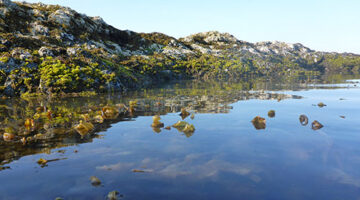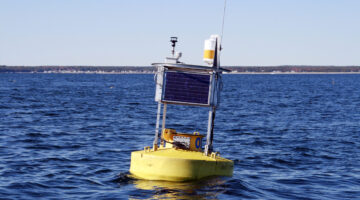A Farmer to Farmer Exchange Program to Support Innovation in Maine’s Aquaculture Sector
Lead PI: Chris Davis PI Email: christopher.v.davis@gmail.com Co-PI: Anne Langston Noll, Maine Aquaculture Innovation Center Project Team: Chris Davis & Anne Langston Noll, Maine Aquaculture Innovation Center Abstract: Small aquaculture businesses tend to operate using locally-derived processes and technologies, often without regard to practices conducted elsewhere, resulting in frequent “reinvention of the wheel”. An aquaculture-specific […]
Read more


